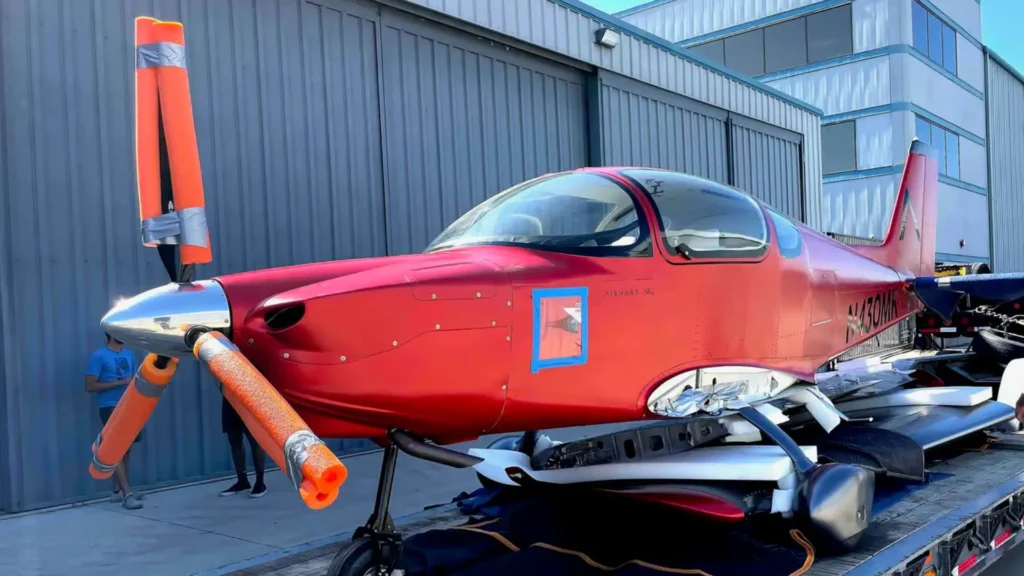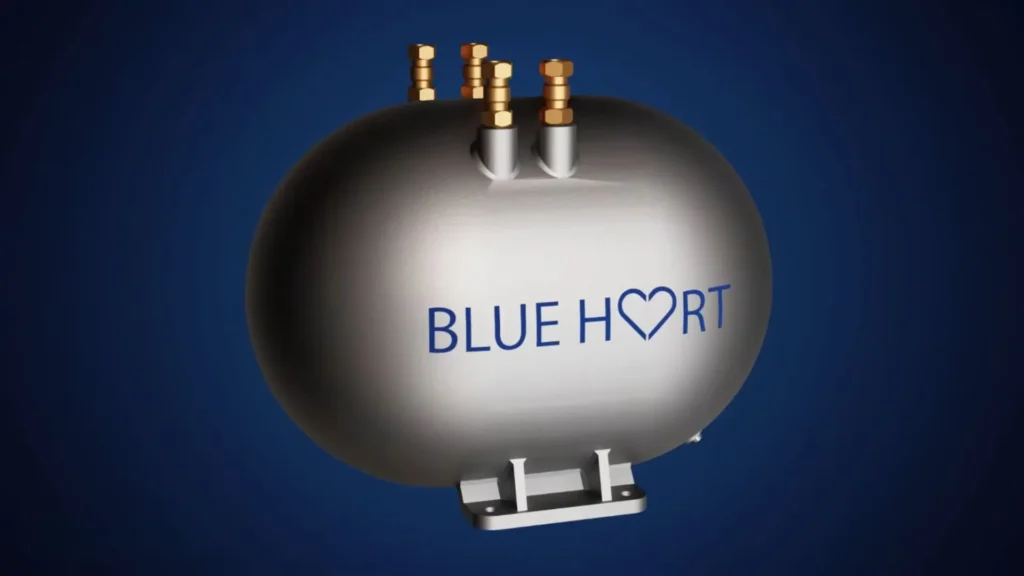
Lava Genie: Lava Music’s stringless guitar accessible to everyone
This instrument allows anyone to make music quickly and easily, without any prior knowledge.

This instrument allows anyone to make music quickly and easily, without any prior knowledge.

The company is accepting pre-orders with a $1,000 deposit.

It is the only device in its category that can be plugged into a standard power outlet without the need for an electrician.

The MIT system envisions a future where it can act as a “universal robotic brain,” ready to be downloaded and deployed into different types of robots…

Schneider's calculator can save up to $3.7 million in energy and avoid $1 million in fines.

The WIGE vehicle can carry three times more cargo than conventional aircraft and is ten times faster than current ships.

The most striking aspect of the project is the possibility of improving old homes with electric wallpaper that heats up in minutes.

The Overture Superfactory seeks to meet the growing global demand for sustainable, ultra-fast air travel.

Fibe textile fiber consumes 99.7% less water than cotton, enough to fill just one cup instead of 2,700 liters.

The Dutch start-up has successfully developed a thermoacoustic unit that aims to improve the performance of heat pumps and reduce CO₂ emissions.

Archer Aviation completes construction of its Georgia plant and prepares to begin production of Midnight electric aircraft in 2025.

The resulting bottle will sell for $653,000, with all proceeds donated to support future space developments.